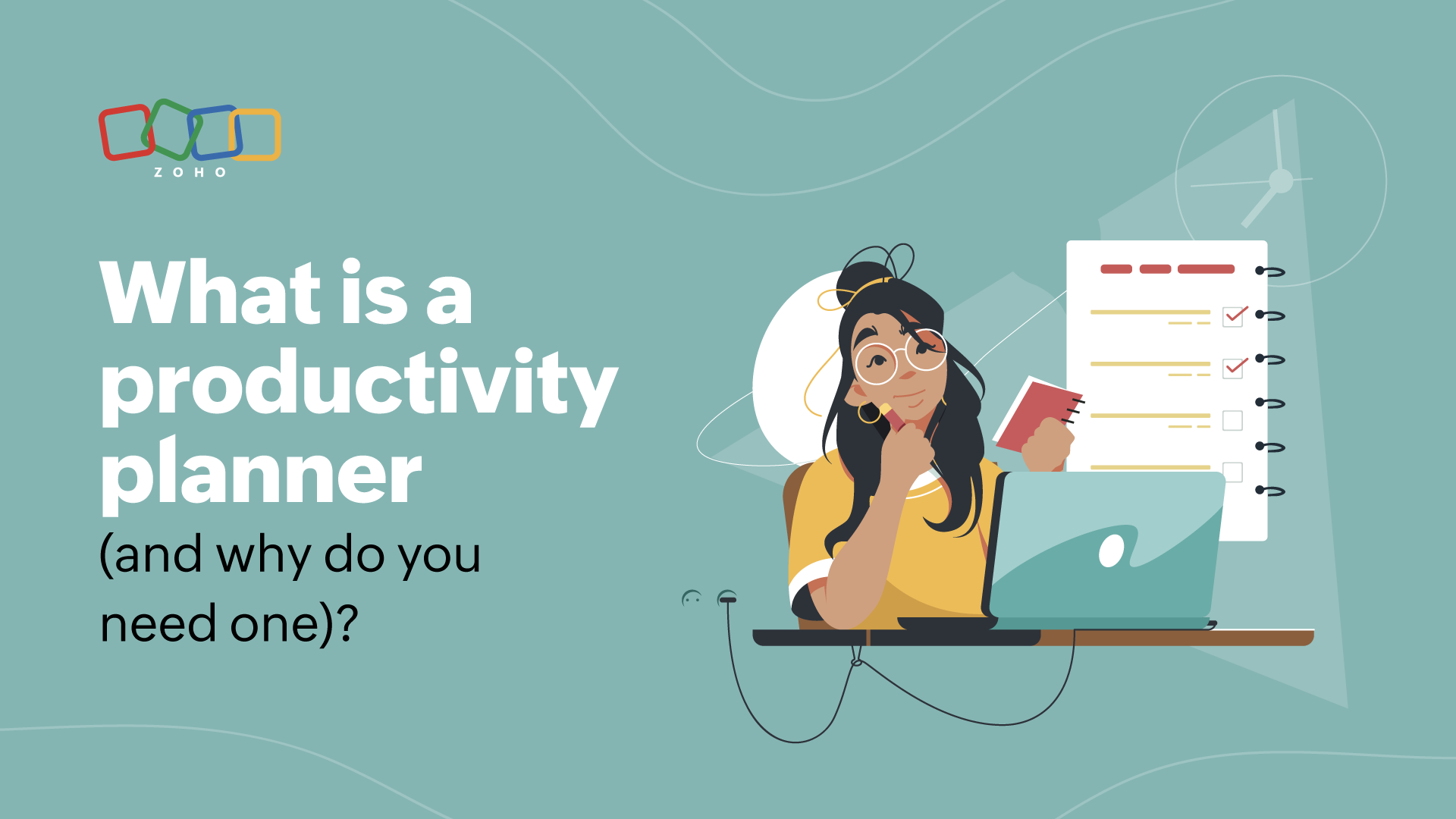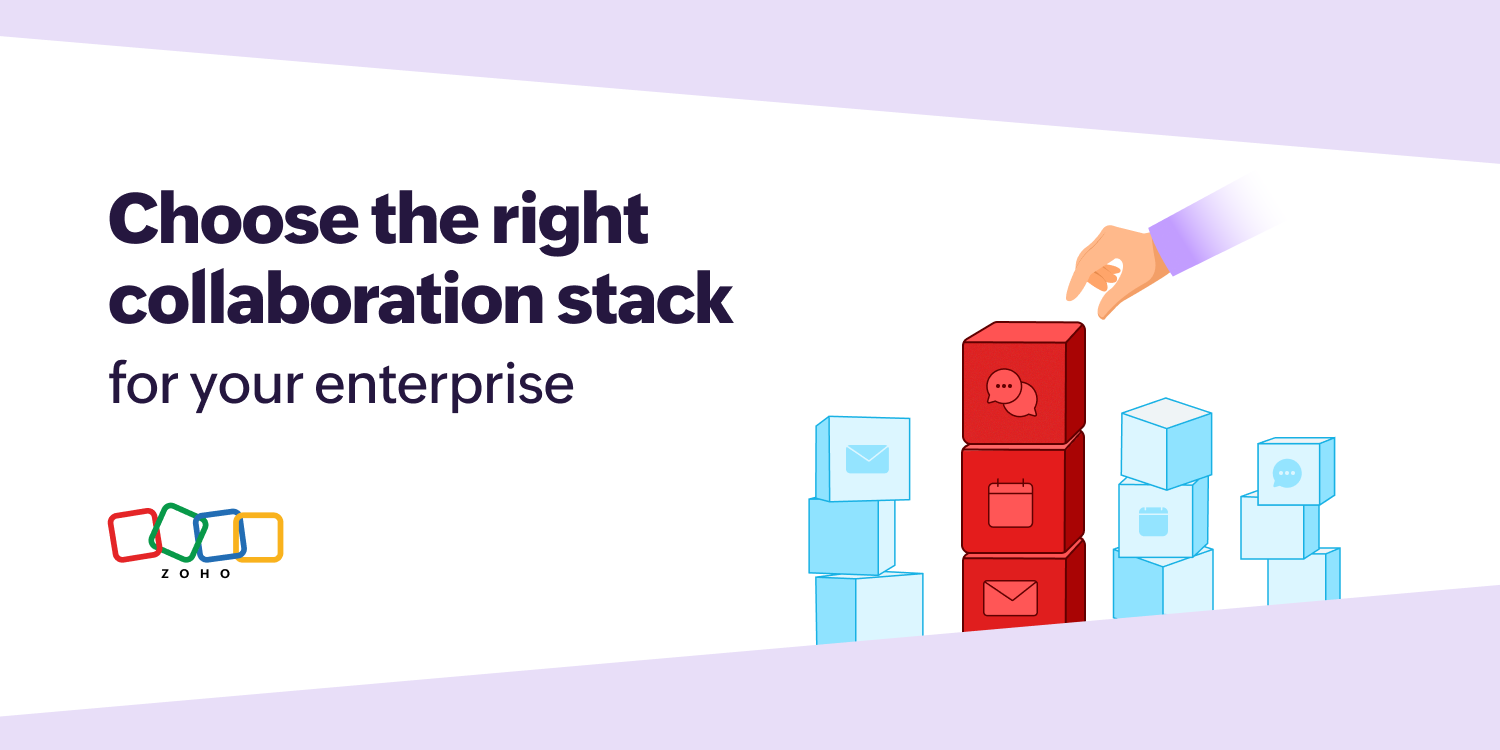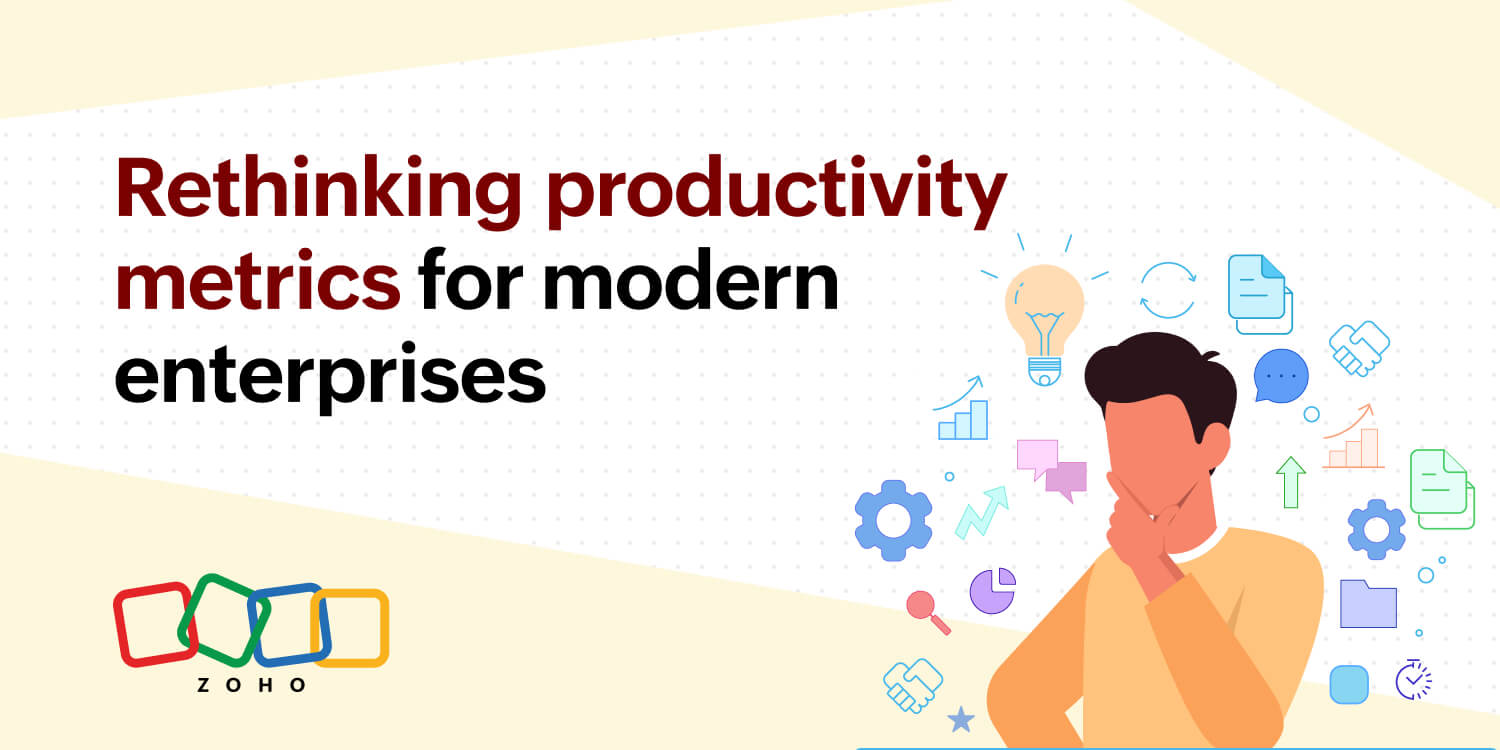- HOME
- All Topics
- Productivity in the workplace
- What is a productivity planner (and why do you need one)?
What is a productivity planner (and why do you need one)?
- Published : November 29, 2024
- Last Updated : December 20, 2024
- 772 Views
- 7 Min Read
You need to remember to answer that email from last week. And refill your prescription. And get a birthday card for your mom. And send that meeting summary to your team. And prepare the slide deck for your presentation next week. And book a meeting room for your presentation next week. And make your grocery list.
For most people, every day is a relentless flurry of to-do’s and reminders. Not only is it hard to manage them all, but that endless barrage of tasks and emergencies often means your larger ambitions—like achieving a promotion or working toward a fitness goal—sit stagnant.
Put simply, you struggle to make meaningful progress on the big stuff that matters most to you when you’re so overwhelmed with the daily minutiae.
Here’s the good news: a productivity planner can help. This tool will organize all of your tasks and goals so you can keep track of what matters—and actually work toward it.
What is a productivity planner?
A productivity planner is a tool that helps you organize your tasks, set your priorities, and manage your time effectively so you can make progress toward your goals. Productivity planners can be paper-based or digital. In either case, they help you keep your life in order.
Productivity planning is a general category, and there are many different calendars, notebooks, and digital tools that fall under this category. In general, a productivity planner might have dedicated features or sections for managing your:
Goals: Your short- and long-term objectives.
Tasks: Your daily or weekly to-do’s and action items.
Calendar: Your appointments, meetings, and other scheduled commitments.
Notes and lists: Your shopping lists, addresses, and other important resources you need to keep handy.
Reflections: Your insights and observations from looking back at your progress.
A productivity planner might cover all of those. Or, you may opt for a specific productivity planner focused on a single use case—such as a dedicated goal tracker.
Who can use a productivity planner?
Here’s the short answer: Everyone. We're all juggling numerous demands on our time, energy, and attention. A productivity planner can help you manage your work life, personal life, and anything in between.
What are the advantages of using a productivity planner?
For most people, the primary benefit of using a productivity planner is retention and recall. If you don’t write something down, you run the risk of forgetting about it entirely.
However, the benefits of a productivity planner extend beyond ensuring important information doesn’t disappear from your brain. With a productivity planner, you can achieve:
Better time management
When you get everything you need to do down on paper, it’s easier to understand how much is on your plate, how much time those tasks will take, and how you can allocate your hours and energy most effectively. Your planner will also give you the perspective you need to combat the mere urgency effect—your natural tendency to prioritize seemingly urgent tasks, even when they aren’t the most important things for you to focus on.
Improved focus
Have you ever spent 20 minutes staring blankly at your computer or flipping through different notes just trying to figure out what to get started on? A productivity planner eliminates your sense of aimlessness by giving you a quick and easy resource that dictates your priorities and your next steps. Research shows that writing information down helps you remember, but it also makes you more efficient by highlighting the most important work that needs your attention.
Accurate goal tracking
Most of us are great at setting goals. But achieving them? That’s an entirely separate struggle. Your productivity planner will keep your goals — both your short-term and long-term ones — visible and measurable. That alone can inspire you to make progress. One study found that the simple act of writing down your goals makes you 42% more likely to achieve them.
Higher motivation
It feels good to check something off your to-do list, doesn’t it? When that happens, your brain releases dopamine. While this neurotransmitter is often correlated with feelings of pleasure, it also has strong ties to motivation. The gist is that your brain wants more dopamine, so it nudges you to get more of that reward. Since finishing tasks triggers a dopamine release, your brain naturally wants you to complete more of them.
Less stress
Stress is a common emotion for most of us, with 62% of people saying they grapple with stress at least weekly. Fortunately, research shows that having a plan decreases our feelings of anxiety and stress. If you’ve ever felt calmer following the simple act of making a to-do list, you know how true this phenomenon is. Your productivity planner can help you feel more focused and less frazzled.
More reflection
Many productivity planners come with dedicated spaces or nudges to look back, review what went well, and identify ways you can get better as you move forward. It’s hard to build this time for dedicated reflection into the chaos of your daily life, so a productivity planner is a helpful system that holds you accountable for consistent reflection.
Habit formation
The more you use your productivity planner, the more you’ll begin to count on it. This can reinforce productive routines and positive behaviors over time, to the point where they become second nature.
How can you find the right productivity planner for you?
Because “productivity planner” is such a broad category, you’ll find plenty of options available—from to-do list apps to family planners. Here are three steps that will help you land on the best productivity planner for you.
1. Decide if you want paper or digital.
Here’s the first question you need to answer: Do you want a digital solution or would you rather opt for pen and paper?
These days, digital tools are the more common choice. In one recent survey, 70% of respondents said they relied primarily on a mobile or desktop calendar, while only 28% relied on paper. However, that doesn’t mean that one option is inherently better than the other.
It’s about figuring out what works best with your workflows and lifestyle. Ask yourself questions like:
Do I need my planner to be conveniently accessible at all times?
Do I anticipate making changes and needing easy updates?
Do I want my planner to seamlessly connect to other tools I use?
Do I need other people to have easy access to my planner?
If you answered “yes” to any of these questions, then a digital solution is your best bet. If not, the tried-and-true pen-and-paper method could be the right match for you.
2. Determine your specific needs.
What you need from your productivity planner is as unique as your daily life. So, once you’ve decided on your format, dig deeper to understand what you intend to use your productivity planner for.
Are you going to use it exclusively to manage your work-related to-do’s? For coordinating your personal or family life? Do you want a planner that covers both at the same time?
Beyond that, get more specific about any features or use cases you have in mind. For example, do you want to be able to create meal plans and grocery lists in your planner? Or do you require plenty of space for notes? That’s important criteria to keep in mind as you evaluate your options.
3. Be open to experimentation.
From automated reminders to bullet journaling, there are seemingly endless tools and approaches in the world of productivity planners. That’s a positive thing, but it also means it can take some time to land on a system that works best for you.
Remember that the first planner you try might not be the right planner. Be patient, stay open-minded, and commit to testing out different options. That process is the best way to identify the productivity planner that’s the right match for your unique needs.
5 tips for making the most of a productivity planner
Having a budget doesn’t automatically lead to good financial decisions. You need to abide by it. The same is true for your productivity planner. Here are five quick tips to ensure your productivity planner sets you up for success—rather than turning into yet another productivity hack that’s quickly abandoned and forgotten:
Commit to consistency
Your productivity planner won’t work for you if you’re sporadic with your use. When you know what you want to use it for, stay committed to logging relevant information and checking it daily. The more you use it, the more indispensable it’ll become.
Set SMART goals
SMART goals are specific, measurable, achievable, relevant, and time-bound. Using this framework for goal-setting in your productivity planner can amplify your focus on the bigger picture and keep you accountable.
Be realistic
It’s energizing to have a dedicated space where you can record everything that’s in your brain, but it also makes it easy to overload yourself. Do your best to stay realistic about how much you can fit into a single day or week. When you need to ruthlessly prioritize, an Eisenhower Matrix can help.
Reflect and review regularly
It’s wise to set aside time monthly to monitor your progress toward your goals. At the same time, think critically about how well your current productivity planner is working for you. Then you can make any necessary adjustments. Remember, experimentation helps you find your best match.
Consider integrations
If you go the digital route for your productivity planner, it’s helpful to find one that integrates with the tools you already use as part of your daily workflows. If there are existing tools and solutions you love, look for planners that seamlessly connect with them.
Plan your way to peak productivity
Trying to manage all of your tasks, reminders, and errands in your head is a surefire way to forget something important. That’s where your productivity planner comes in. It gets that barrage of information out of your brain and into a reliable resource that guides your progress.
When you find the right system and make a habit of using it, you’ll not only get more done—you’ll do so in less time, with fewer mistakes, and with way less stress.
Looking for a productivity planner that keeps you and your entire work team on track? Get started with Zoho Workplace today.
 Kat Boogaard
Kat BoogaardKat is a freelance writer focused on the world of work. She writes for both employers and employees, and mainly covers topics related to the workplace such as productivity, entrepreneurship, and business success. Her byline has appeared in The New York Times, Fast Company, Business Insider, Forbes, and more.


